When poblano peppers are dried, they are known by two distinct names: 'ancho' for the red variety and 'mulato' for the darker, sweeter variant. This name change is essential for accurate cooking and shopping. Fresh poblano peppers are commonly called 'poblano,' but their dried forms have unique identities that transform their flavor and culinary uses. Understanding these names ensures you select the right pepper for any recipe.
What Is a Poblano Pepper?
The poblano pepper is a large, dark green chili native to Mexico, particularly from the state of Puebla (hence the name). It's widely used in Mexican cuisine, most famously as the star ingredient in dishes like chiles rellenos, rajas con crema, and mole poblano. Fresh and crisp with a mild to moderate heat level, the poblano sits between 1,000 to 2,000 Scoville Heat Units (SHU), making it accessible even for those who aren’t heat junkies. When dried, it transforms into something entirely new — and gets another name altogether!
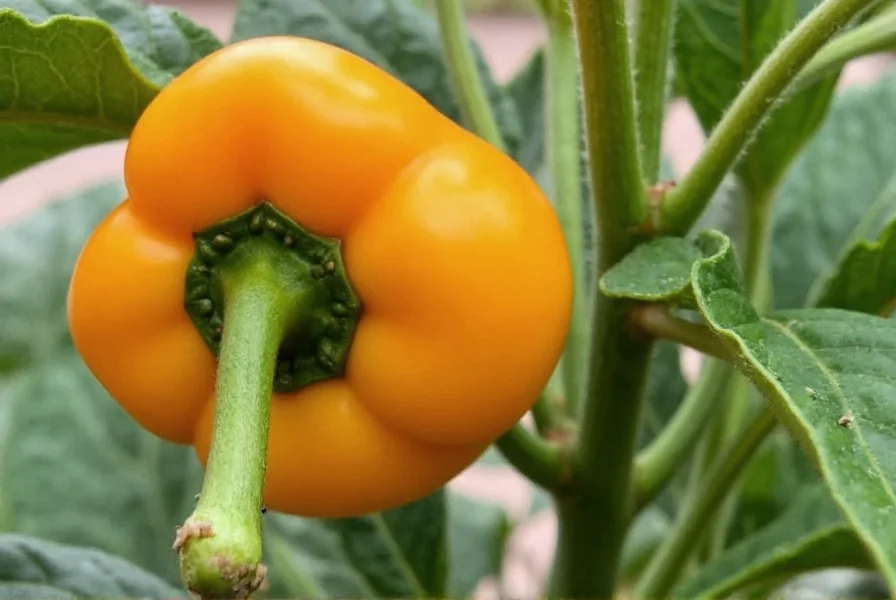
Another Name for Poblano Pepper: What You Should Know
Here's where things get interesting — and sometimes confusing. The poblano pepper is known by different names depending on its form:
- Fresh: Poblano Pepper
- Dried: Ancho Pepper (when dried and red) or Mulato Pepper (if darker, almost chocolate-colored and slightly sweeter)
| Form | Name | Flavor Profile | Common Uses |
|---|---|---|---|
| Fresh | Poblano | Grassy, earthy, mildly spicy | Stuffed peppers, salsas, soups |
| Dried (red) | Ancho | Smoky, sweet, raisin-like | Mole sauces, stews, spice blends |
| Dried (dark brown) | Mulato | Sweeter, chocolatey, complex | Chocolate moles, slow-cooked dishes |
Taste & Heat Profile: Why It Matters
The poblano pepper is beloved not only for its versatility but also for its unique flavor profile. In its fresh form, it offers a vegetal, earthy note with a touch of sweetness. Once dried, the flavors deepen dramatically:
- Ancho: Smoky and subtly fruity, often described as having notes of dried fruit and tobacco.
- Mulato: Richer and sweeter, leaning toward chocolate and coffee undertones.
This transformation makes these peppers essential in authentic Mexican mole sauces, where depth and complexity are key.
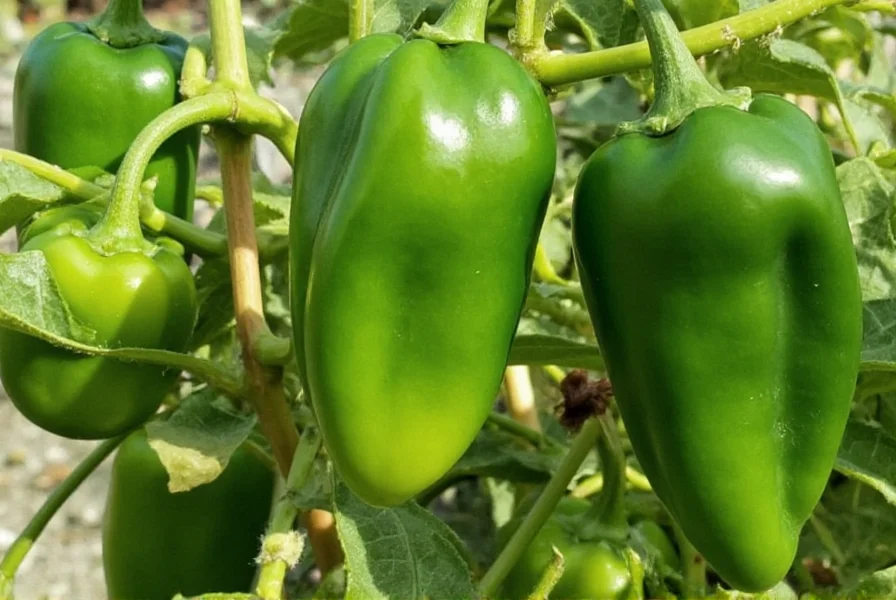
How to Use Poblano Peppers in Cooking
Whether you’re working with fresh poblanos or their dried cousins, here are some creative ways to put them to use:
- Chiles Rellenos: Stuff roasted poblanos with cheese, dip in egg batter, and fry until golden.
- Rajas con Crema: Sauté sliced roasted poblanos with onions and crema for a creamy side dish.
- Mole Sauce: Combine anchos, mulatos, pasillas, and other dried chilies for a deep, flavorful sauce.
- Roasted Veggie Tacos: Add charred poblano strips to tacos for smoky heat.
- Stocks & Broths: Toast dried anchos lightly before adding them to broth for a subtle layer of spice.
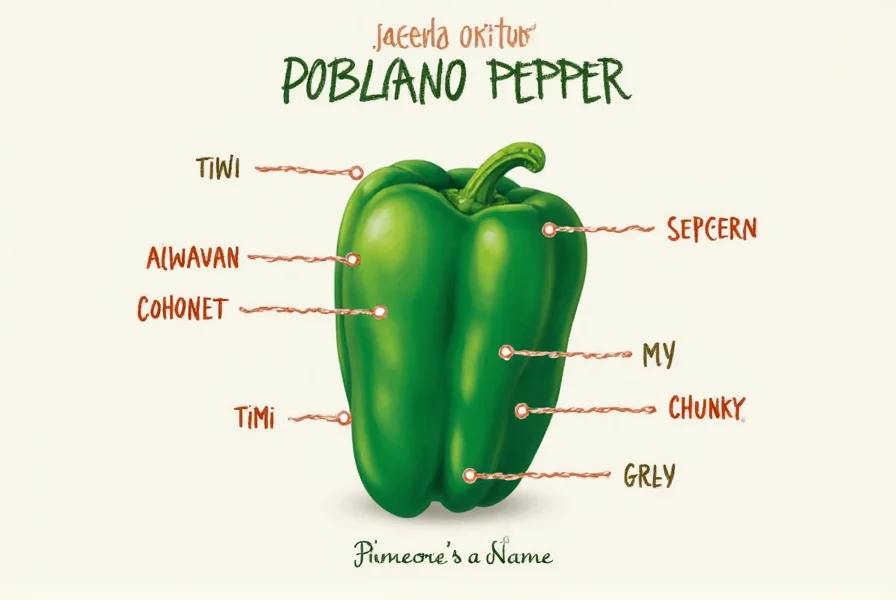
Buying Guide: Choosing the Right Poblano (or Its Cousins)
If you're shopping for poblanos or their dried counterparts, here’s how to make the best choices:
- Fresh Poblanos:
- Look for firm, shiny skins with no wrinkles or soft spots.
- Size matters — larger peppers may have thicker walls, ideal for stuffing.
- Avoid overly wrinkled or yellowing ones — they’ve passed their prime.
- Dried Anchos:
- Should be pliable, not brittle.
- Color should be reddish-brown; avoid faded or overly dark ones.
- Store in an airtight container away from light and moisture.
- Mulato Peppers:
- Dark brown to black in color with a smooth texture.
- Great for slow-cooked dishes where flavor needs to infuse deeply.
- Often found alongside other dried chilies in specialty markets.
Product Spotlight: Dried Ancho Pepper Bags
- Features: Organic, non-GMO, packed in resealable bags.
- Advantages: Convenient, shelf-stable, consistent quality.
- Use Cases: Mole, chili, tamales, soups.
- Target Audience: Home cooks, food bloggers, restaurant chefs.
- Best For: Authentic Mexican recipes needing depth and mild heat.
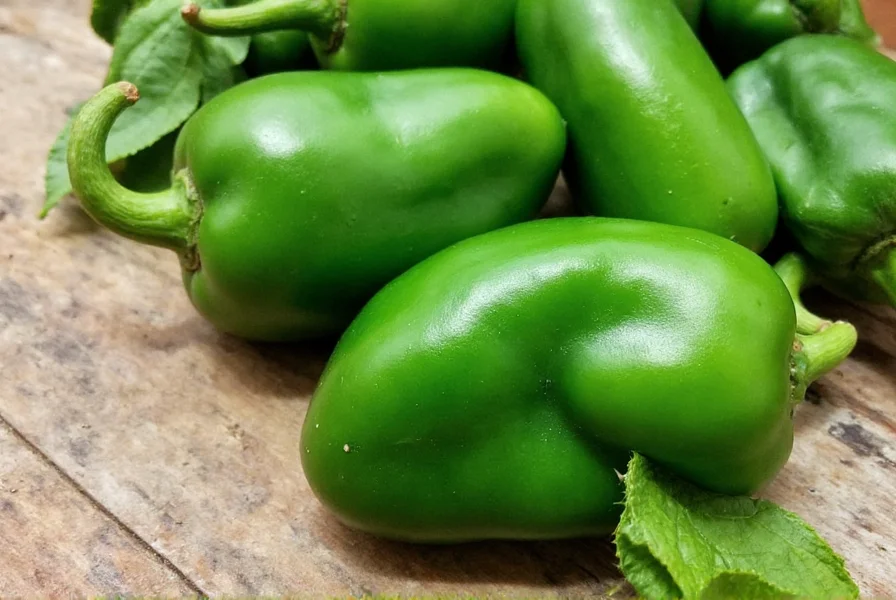
Chili Glossary: Poblano vs. Others
Still confused about how the poblano compares to other popular peppers? Here’s a quick reference guide:
| Pepper | Heat Level (SHU) | Form/Name | Typical Use |
|---|---|---|---|
| Poblano | 1,000–2,000 | Fresh | Stuffing, roasting, soups |
| Ancho | 1,000–2,000 | Dried version of red poblano | Mole, sauces, braises |
| Mulato | 2,500–3,000 | Dried, darker poblano | Sweet moles, complex sauces |
| Jalapeño | 2,500–8,000 | Fresh/pickled | Toppings, nachos, salsas |
| Pasilla | 1,000–2,500 | Dried chilaca pepper | Mole, soups, marinades |
Frequently Asked Questions
- Why does the poblano pepper have different names when dried?
The name changes reflect both regional Mexican culinary traditions and physical transformations. "Ancho" (meaning "wide") refers to the flattened shape of the dried red poblano, while "Mulato" (meaning "mule") describes the hybrid-like characteristics of the darker dried variety. These names help distinguish their unique flavor profiles in cooking.
- Can I substitute ancho peppers for fresh poblanos?
No, because they are completely different forms. If a recipe calls for fresh poblanos, use jalapeños or Anaheim peppers instead. For dried ancho substitutions, guajillo or pasilla peppers work best depending on the required heat level and flavor profile.
- Do I need to remove the skin of roasted poblanos?
Yes, it’s recommended to peel them after roasting to improve texture, especially if using in sauces, dips, or stuffed dishes. The skin becomes papery and bitter when cooked, so placing roasted peppers in a sealed bag for 10 minutes makes peeling effortless.
- Are anchos hotter than poblanos?
Not necessarily — both range around 1,000–2,000 SHU. However, dried anchos often taste spicier due to concentrated flavor and the Maillard reaction during drying. The perceived heat also varies based on seed content and growing conditions.
- Can I make ancho powder at home?
Absolutely! Toast dried ancho peppers for 30 seconds per side, remove stems and seeds, then blend into a fine powder. Store in an airtight container for up to 6 months. This fresh powder has significantly more flavor than store-bought versions.
- How long do dried poblano derivatives last?
Properly stored in airtight containers away from light and moisture, dried anchos and mulatos maintain peak flavor for 6-12 months. For extended shelf life, freeze them—this preserves volatile oils that create their signature smoky-sweet notes.
Conclusion
Knowing the other name for poblano pepper — whether it’s ancho, mulato, or simply dried poblano — opens up a world of culinary possibilities. From fresh roasting to deep, complex moles, these peppers are a cornerstone of Mexican cuisine and deserve a place in every adventurous cook's pantry.
Next time you're at the market or browsing a recipe online, don't let the name changes throw you off. Embrace the versatility of the poblano in all its forms, and elevate your dishes with authentic flavor and subtle heat.
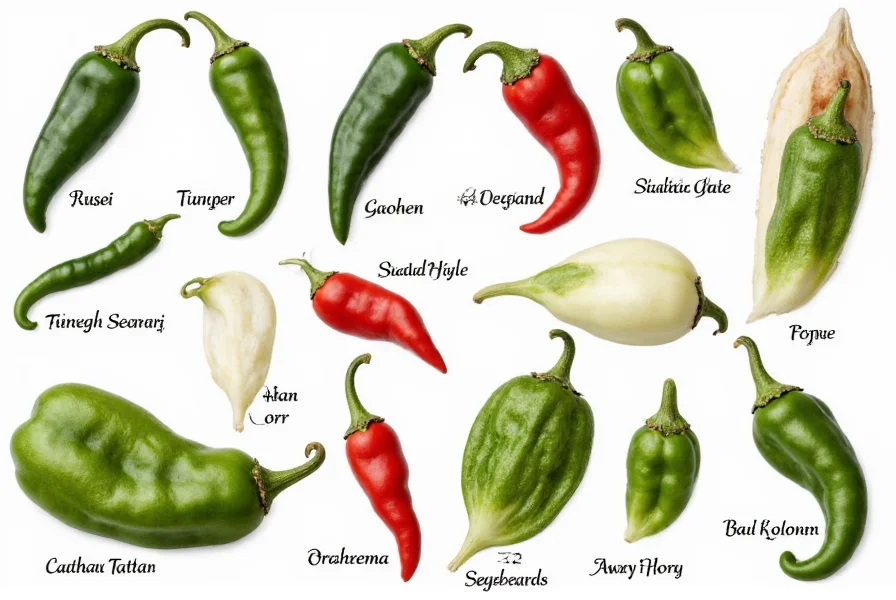

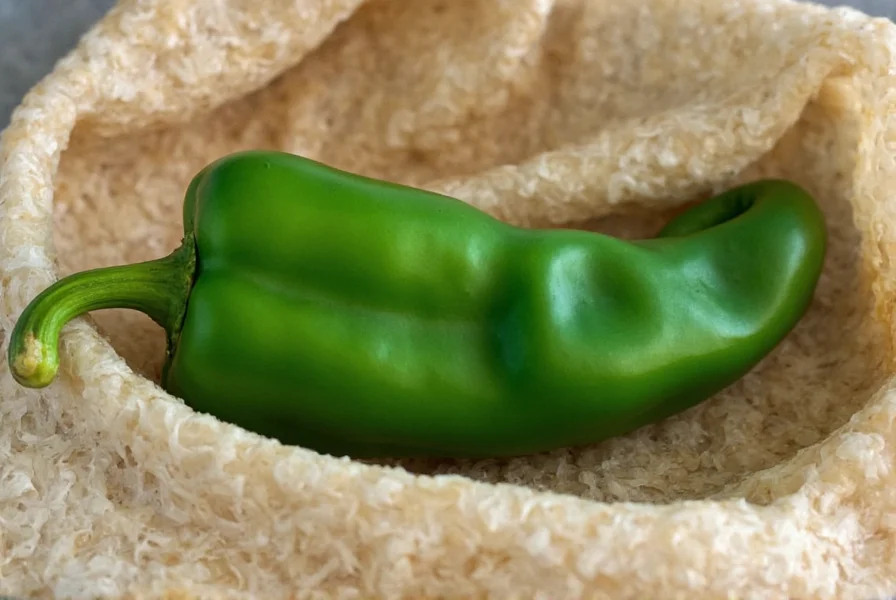









 浙公网安备
33010002000092号
浙公网安备
33010002000092号 浙B2-20120091-4
浙B2-20120091-4